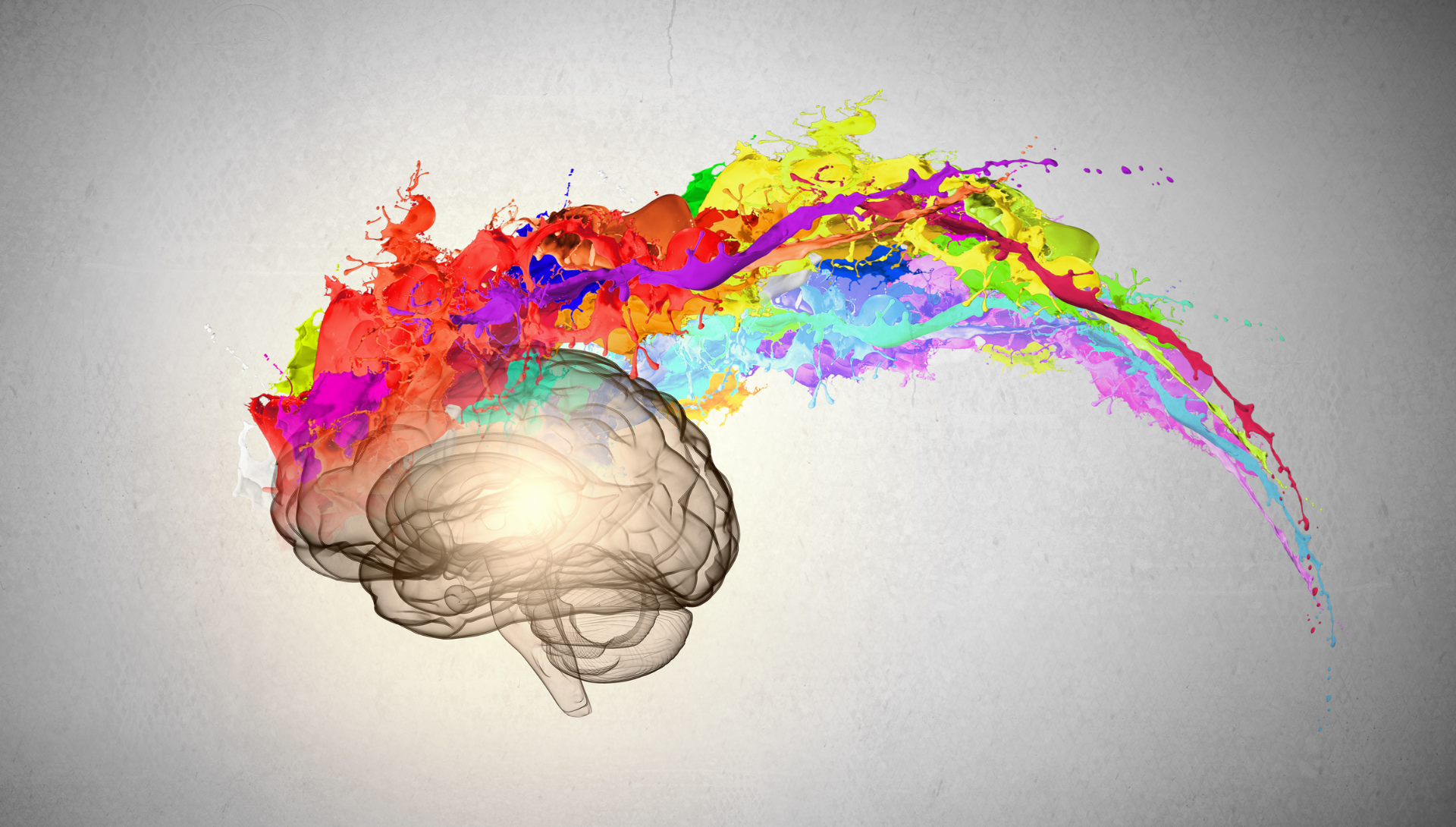How to Get Into Flow State During the Day: A Reset for High Performers
5 Research-Backed Strategies to Pull Flow into Your Day
If you find yourself more productive at night once the world quiets down and distractions fade, you’re not alone. Many high achievers experience late day flow because it’s the only time the mind isn’t being pulled in every direction. But what if you could create that same focus, momentum, and clarity during the day when it really counts?
This guide blends practical tools with neuroscience and behavioral research to help you retrain your brain and environment to invite flow on purpose, not by accident.
1. Design a Morning Flow Ritual (Not Just a Routine)
The brain thrives on consistent cues and context. When we create a familiar ritual to start our workday, we reduce decision fatigue and signal the brain to transition into focus mode (Baumeister & Tierney, 2011).
Try these simple pre-focus cues:
Light movement such as a walk, stretching, or jumping jacks
60 seconds of deep breathing, like box breathing or the physiological sigh which has been shown to regulate stress response (Huberman, 2022)
A consistent sensory cue like a playlist, candle, or favorite beverage
One clear, small task to start with, chosen the night before to reduce cognitive load
These environmental anchors activate the prefrontal cortex and reduce internal resistance, improving focus initiation.
2. Protect a 90-Minute Focus Fortress
According to Cal Newport’s research on Deep Work (2016), cognitively demanding tasks require extended, distraction-free periods. Studies on ultradian rhythms also suggest humans naturally focus best in 90-minute cycles (Kleitman, 1963).
Block a 90-minute window mid-morning or after lunch with the following boundaries:
No meetings
No messages
No multitasking
Label it in your calendar as “Focus Window” or “Flow Time” and treat it with the same respect as a doctor’s appointment.
3. Start Small to Build Momentum
Motivation often follows action, not the other way around. Starting with just five to ten minutes reduces resistance and activates the brain’s dopamine reward loop (Aarts et al., 2008).
Action creates clarity. Starting badly is better than not starting at all.
This micro-start method leverages the Zeigarnik effect, our brain’s tendency to want to complete interrupted tasks, to build natural momentum.
4. Reset Between Tasks with a Transition Ritual
Task switching depletes mental resources and can decrease productivity by up to 40 percent (Rubinstein et al., 2001). To stay sharp between tasks, use a simple reset:
Stand and stretch
Take three slow breaths
Say the next task out loud
Begin immediately, even for just one minute
These short rituals reset attention and help reduce mental residue from the previous task.
5. Build Emotional Agility by Catching Buffer Habits
Buffer behaviors like scrolling, checking emails, or snacking are not signs of laziness. They are emotional regulation strategies that help us avoid discomfort.
Psychologist Susan David (2016) defines emotional agility as the ability to face emotions with curiosity and move forward aligned with values.
When distraction creeps in:
Name it by saying, “This is resistance”
Pause and take a few breaths
Return for five focused minutes
This builds emotional tolerance and strengthens your ability to stay engaged when things feel uncertain or uncomfortable.
Final Word
Flow isn’t random. It’s trainable. With the right environmental cues, protected space, micro-starts, and emotional tools, you can build a daily rhythm that works with your brain instead of against it.
Try one or two of these tools this week. Don’t aim for perfection. Just aim for progress.
References:
Aarts, H., Custers, R., & Marien, H. (2008). Preparing and motivating behavior outside of awareness. Science, 319(5870), 1639. https://doi.org/10.1126/science.1150432
Baumeister, R. F., & Tierney, J. (2011). Willpower: Rediscovering the greatest human strength. Penguin Press.
David, S. (2016). Emotional agility: Get unstuck, embrace change, and thrive in work and life. Avery.
Huberman, A. (2022, January 10). The science of the physiological sigh [Audio podcast episode]. In Huberman Lab. https://hubermanlab.com
Kleitman, N. (1963). Sleep and wakefulness. University of Chicago Press.
Newport, C. (2016). Deep work: Rules for focused success in a distracted world. Grand Central Publishing.
Rubinstein, J. S., Meyer, D. E., & Evans, J. E. (2001). Executive control of cognitive processes in task switching. Journal of Experimental Psychology: Human Perception and Performance, 27(4), 763–797. https://doi.org/10.1037/0096-1523.27.4.763
About the Author:
Jerry Henderson is the creator of The Personal Mastery Framework™, a coach, author, speaker, and host of The Permission to Love Podcast. He works with high achievers to create sustainable success and deep fulfillment through a unique blend of performance coaching and trauma-informed, evidence-based methods rooted in psychology, neuroscience, and lived experience.
Trained at Harvard in human behavior, resilience, and habit formation, Jerry blends academic insight with real-world transformation. With an MBA in Global Business and a Master’s in Psychology (in progress), he has guided thousands to redefine success, heal burnout, and build emotional mastery.
Before coaching, Jerry helped raise over $1B in philanthropy. Now, he’s committed to helping others succeed from a place of clarity, purpose, and peace.
To learn more visit: https://jerryhenderson.org


